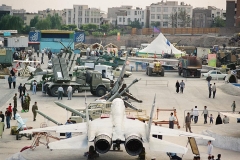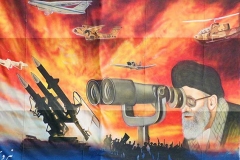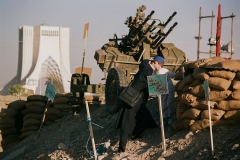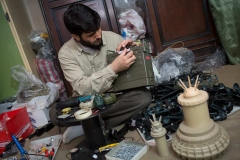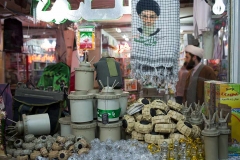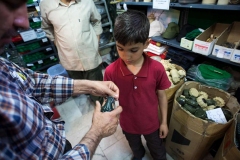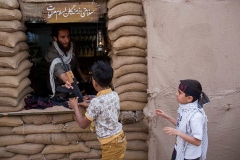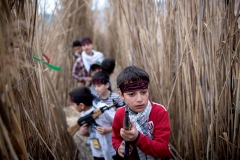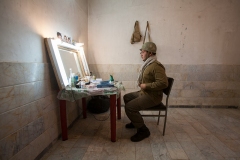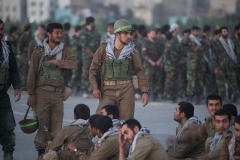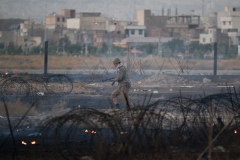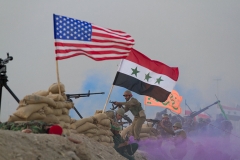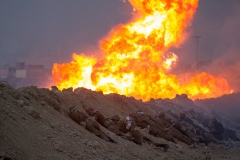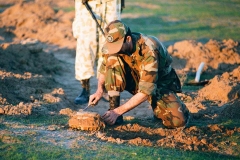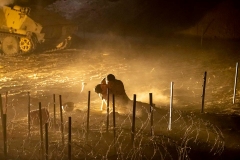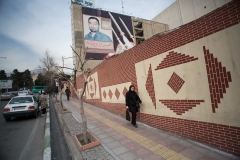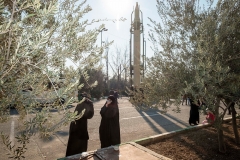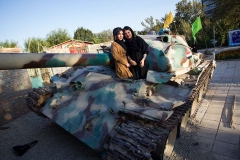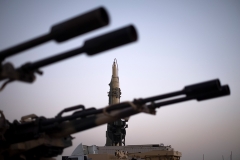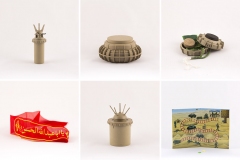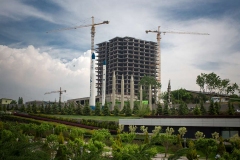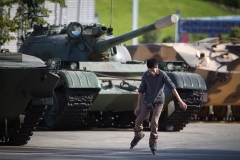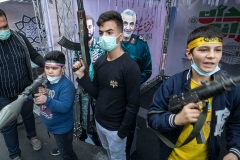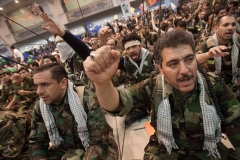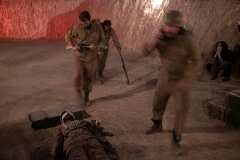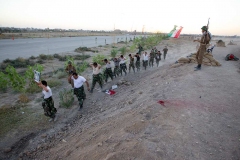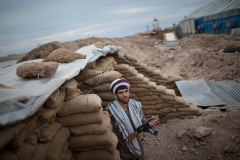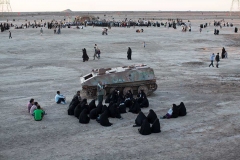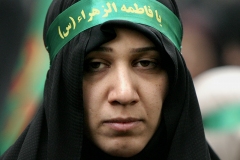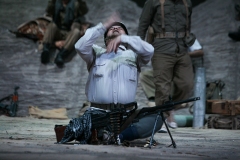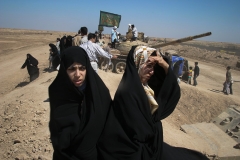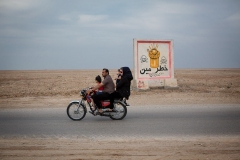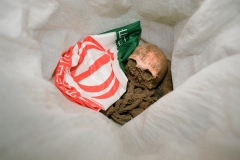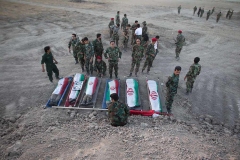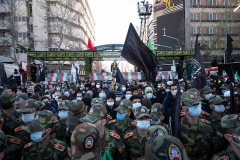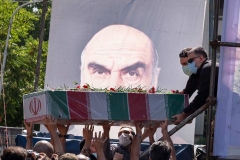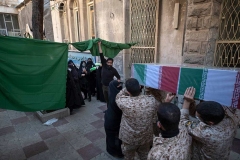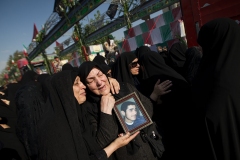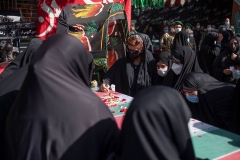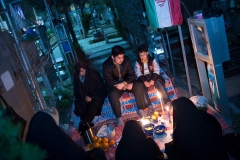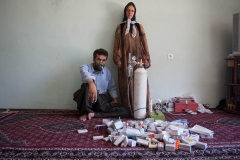When would the war end
Memories of the bloody war with neighboring Iraq, which ended 34 years ago, still roam the streets of Tehran and many Iranian cities. Martyrs' murals adorn the walls adjacent to the highway, streets are still named after war heroes, and whether you look or not, billboards tell war stories or simply find the simple message "Martyrs are alive." They are easy. To find It is almost impossible to wash away the memories and injuries caused by the armed conflict (September 1980 to August 1988) that claimed the lives of thousands of Iranians and injured many. The Iranian government uses every opportunity to remind the people of the sacrifices made by the victims of the war. Museums and exhibitions display works of art inspired by the war and even the personal belongings of the martyrs. Government television and cinemas regularly show war films, and books that tell the story of war by soldiers and commanders are published every year. And the military holds parades to commemorate the memories of the war. In addition to its devastation, the war affected the Iranians, who became the first victims of chemical weapons in contemporary history through Saddam Hussein's regime in Iraq. Veterans who have been exposed to chemical weapons are still grappling with the consequences. And while the families of these soldiers continue to long for the recovery of the bodies of their loved ones, the risk of a new military conflict worries many Iranians. Concerns about the collapse of the Iraqi central government following the US-led second Gulf War, which led to the non-signing of a peace agreement between Iraq and Iran, and concerns about a possible new war from Iraq's borders toward Iran.






